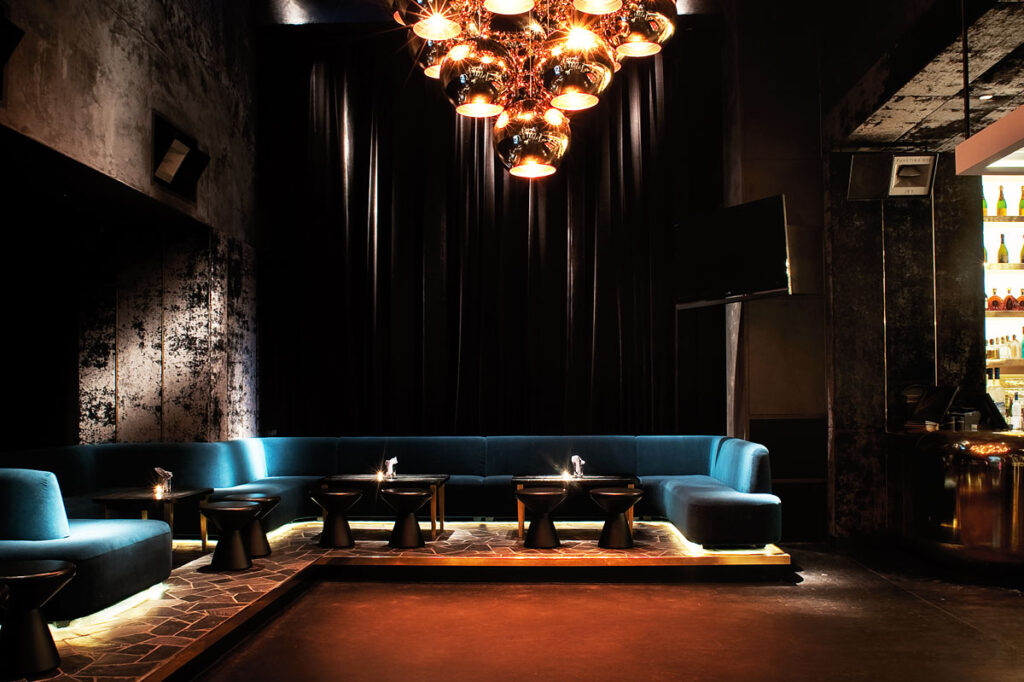When applied subtly, the the Oriental look with its inherent history and luxury can create a sense of reassurance, explains trend forecaster Victoria Redshaw.
Beyond the New Minimalism look, Sci-Tech trends, kitsch retro revivals and global crafts, we begin to sink back once again into the arms of indulgence, ornamentation and sensuality. After so many seasons of austerity and restraint there is finally a welcome antidote to Futurism and Modernism. It comes in the form of a trend which embraces a deeply exotic mood, allowing consumers to be drawn in by the splendours of the Orient and Far East, merged with the mysterious decorations of the Middle East and the rich patterns of Persia’s past.
When we first forecast this Orientalism design trend for 2013/14, I have to admit heaving a concerned sigh. It was not because the international art and design exhibitions pointing to the
Far East as a renewed source of inspiration did not seem fascinating, or that the hints of Japanoiserie spotted in the fashion shows of the likes of Haider Ackerman, Diane Von Furstenburg and Dolce & Gabbana were not exciting – rather, my concern related to the fact that in the home products sector, Orientalism is often handled in a gimmicky, obvious and not very subtle way.
“Unusually in this trend, it is the historical reference points, ornamentation and luxurious mood that create the heartening reassurance, rather than the familiarity of neutral minimalism or enveloping, cosy fabrics,” explains Victoria.
And the most important aspect of the return of Orientalism this time around is for the look to be applied with a light touch and sophisticated styling.
This bohemian trend allows designers, manufacturers and retailers to take an eclectic look through the pages of history at the fineries of Eastern cultures’ halcyon days, along with a study of the influence of the East on early 20th century Europe – not forgetting to then add an innovative, contemporary twist.
This decadent trend continues the theme of cocooning ourselves in reassuring environments during uncertain times – but, unusually in this trend, it is the historical reference points, ornamentation and luxurious mood that create the heartening reassurance, rather than the familiarity of neutral minimalism or enveloping, cosy fabrics.
This trend tells a sensual tale of intense drama and captivating delicacy as pathos marries enchantment to form an alluring union – a dark romance. The mood is mysterious. A certain sombre sensuality prevails, but the beauty of the materials and patterns lightens the trend’s aesthetic and atmosphere, as if viewing two acts of the same play in Kabuki theatre.
Characteristics of the Orient look
- High glamour comes in the form of high shine in warm-toned metallics – think copper
- Vintage and antiqued qualities abound: key surface finishes include mother-of-pearl mosaics in warm pink and amethyst tones; verdigris-patinated copper; mirror-like surface finishes akin to reverse-painted and Verre Eglomise gilded glass; and lightly distressed and worn effects
- Embossed leather pattern effects, 3D-patterned quilting and micro-chain detailing bring newness
- Lacquered wood surfaces with a deep gloss provide a mesmerising finish. Rich iridescent abalone/paua shell finishes and Favrile glass surface effects are also relevant
- Soft shimmers establish a sophisticated, romantic tone – pale golds (think champagne gold), nude tones and cosmetic shades
- This trend is highly decorative and is built on a foundation of waves of exotic florals. Kimono prints take centre stage, but also explore Klimt-inspired patchworks. Classic, gently-scrolling art nouveau patterns and Liberty prints are also desirable. Middle Eastern tessellated and zillij tile patterns repeat and repeat – and repeat. Chinoiserie patterns are also present, as are Shippo-Tsunagi patterns
And it is to Japan and the Far East that we turn our attention as we explore the influence of these age-old cultures on the European decorative arts of the early 20th century.
Although art deco continues to make its presence felt, art nouveau enters from the wings and steals the show – Gustav Klimt and Alphonse Mucha would blissfully reside within the realms of this trend, as designers joyfully apply waves of exotic blooms to product surfaces, giving traditional patterns a modern context.
Beyond the Far Eastern influences, Middle Eastern decoration comes to the fore, as Persian patterns, tessellated zillij tiles and mashrabiya add a new layer of ornateness to the elaborate and bohemian styling. The origins of this trend are diverse, as though assembled by an avid collector of extraordinarily beautiful things. We are left in no doubt that this is a luxury trend that is unapologetically sumptuous and glamorous.
An exquisite balance is struck between lavish metallics – think bronze, copper and antique gold – dangerously dark peacock shades, and seemingly opposing faded pastels, such as jade, apricot blossom and mauve mist, with delicate feminine appeal.
This makes for heady new colour combinations of ultra-darks and hazy vintage tones which prevent the trend from looking excessive or pretty, instead making it tantalisingly complex and elegant. So, explore this decadent, ultra-elegant interior design style, which oozes opulence and joyously combines rich colours and sumptuous furnishings.
This is a trend with a slightly risque undertone, which draws us into the seductive darkness to reveal opulence and charm in equal measure. Embrace the splendour of it all!
Victoria Redshaw is MD of trend forecasting agency Scarlet Opus. Visit the website to sign up for regular trend updates on the company’s blog and find out more about its trend forecasting services, or email to discover more about the trends for 2013/14.



